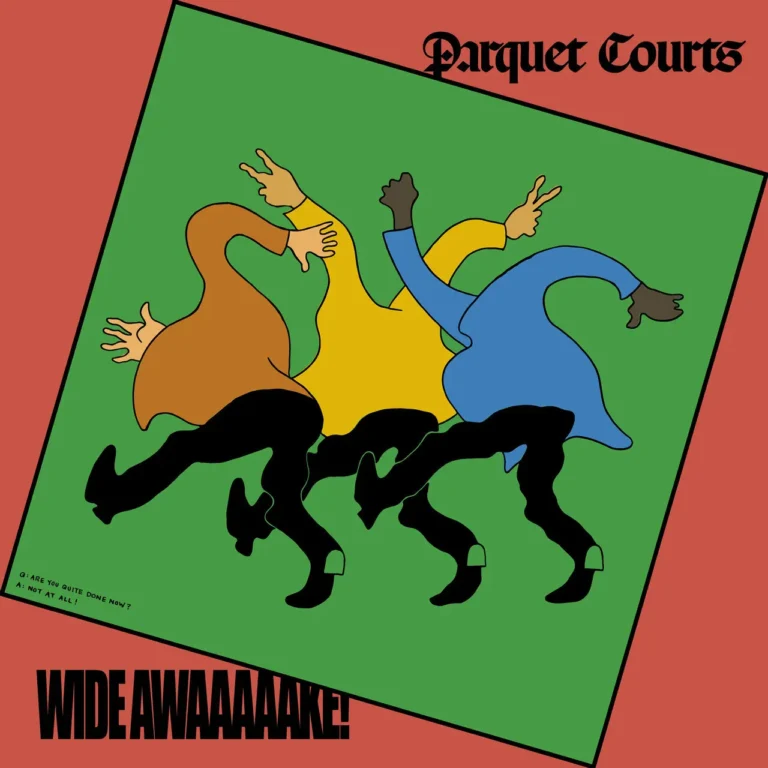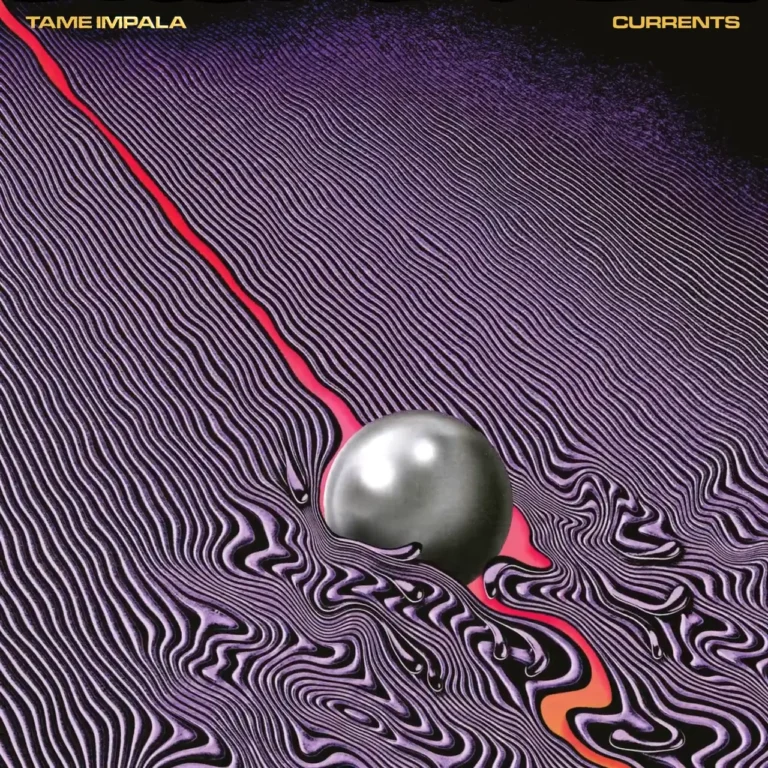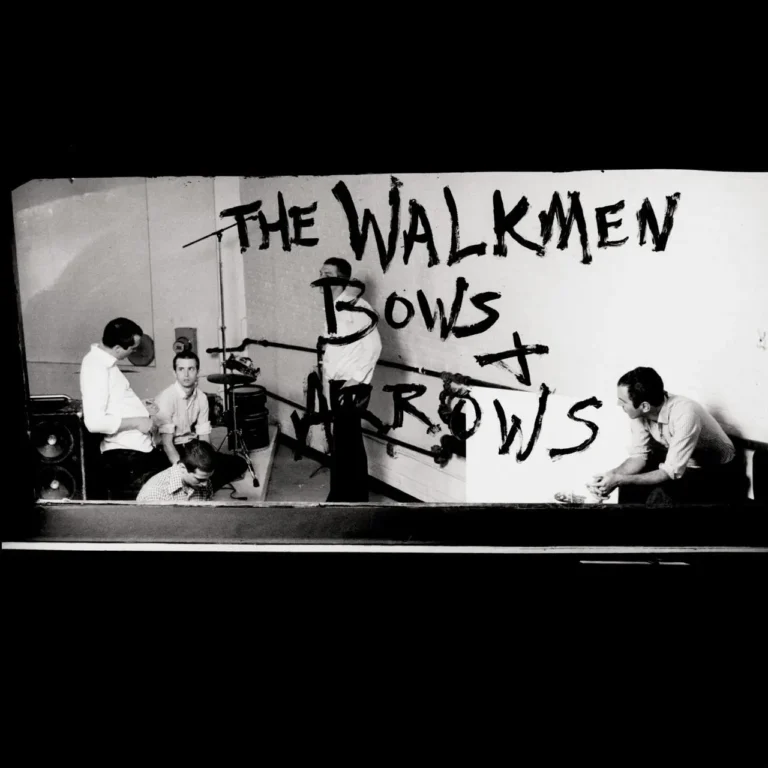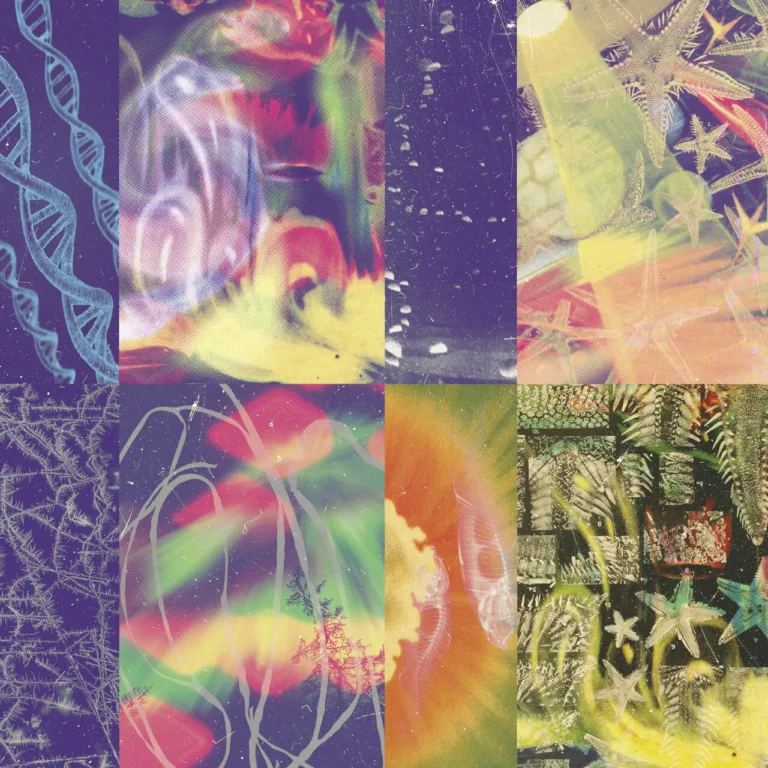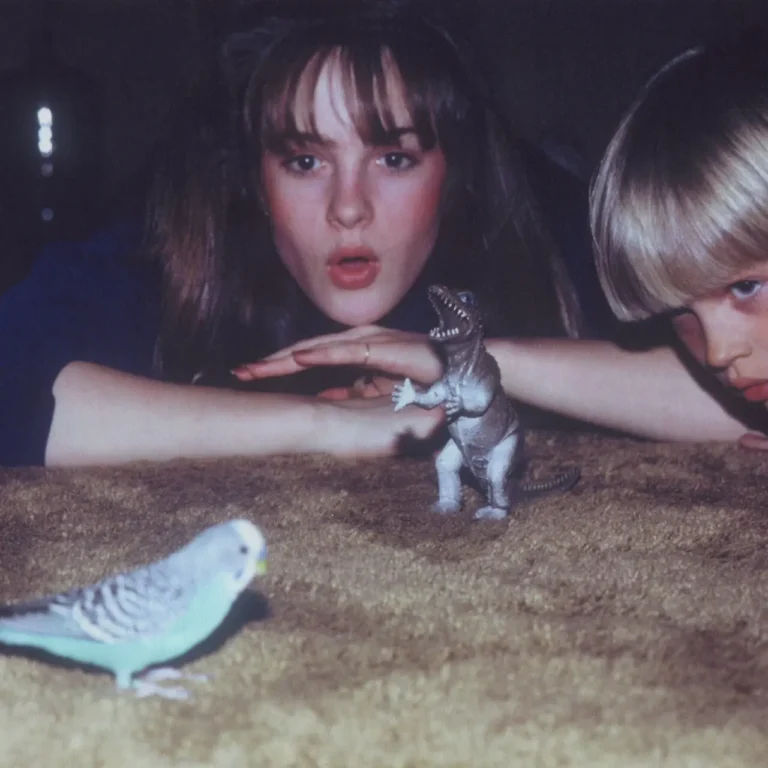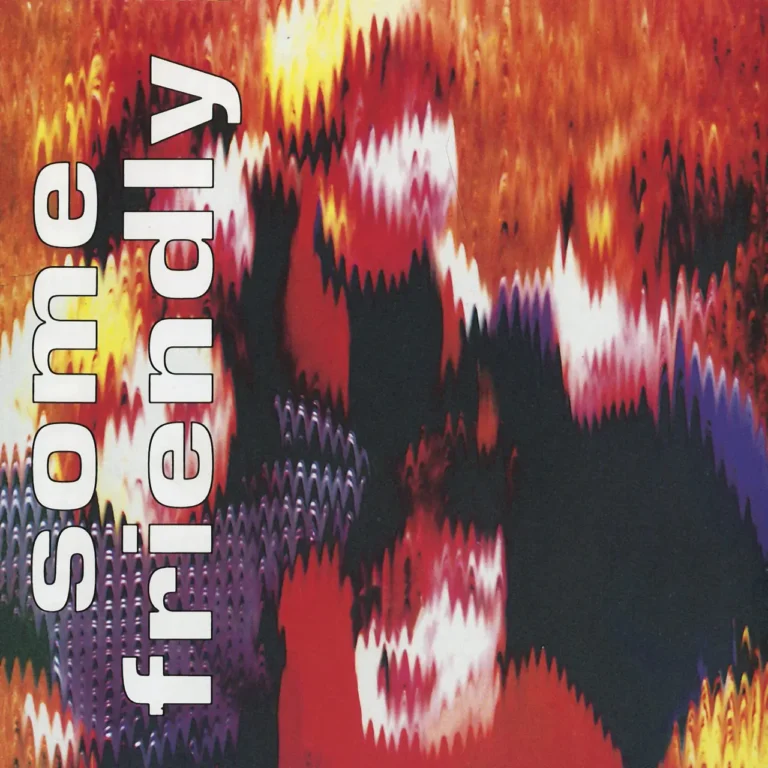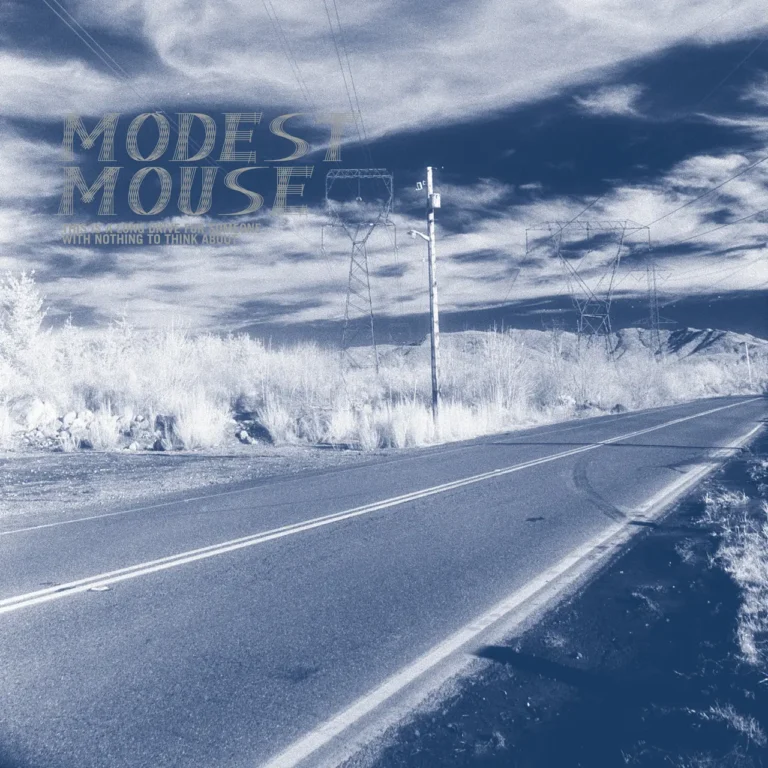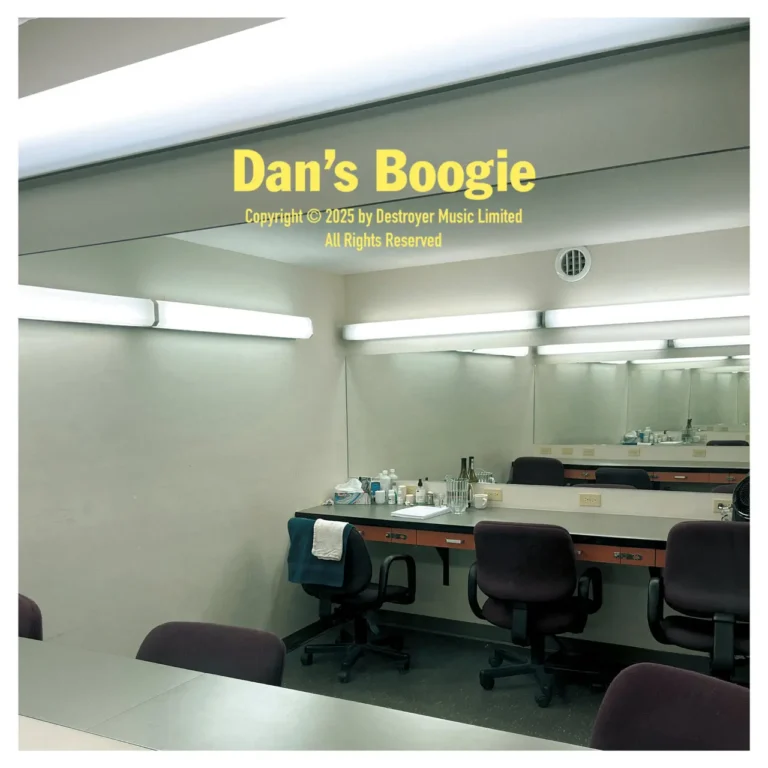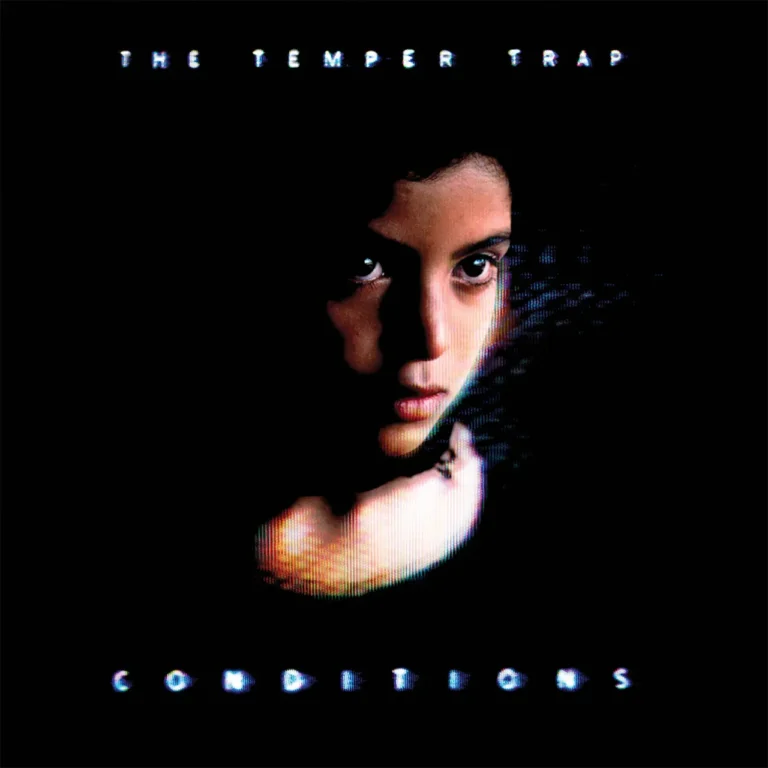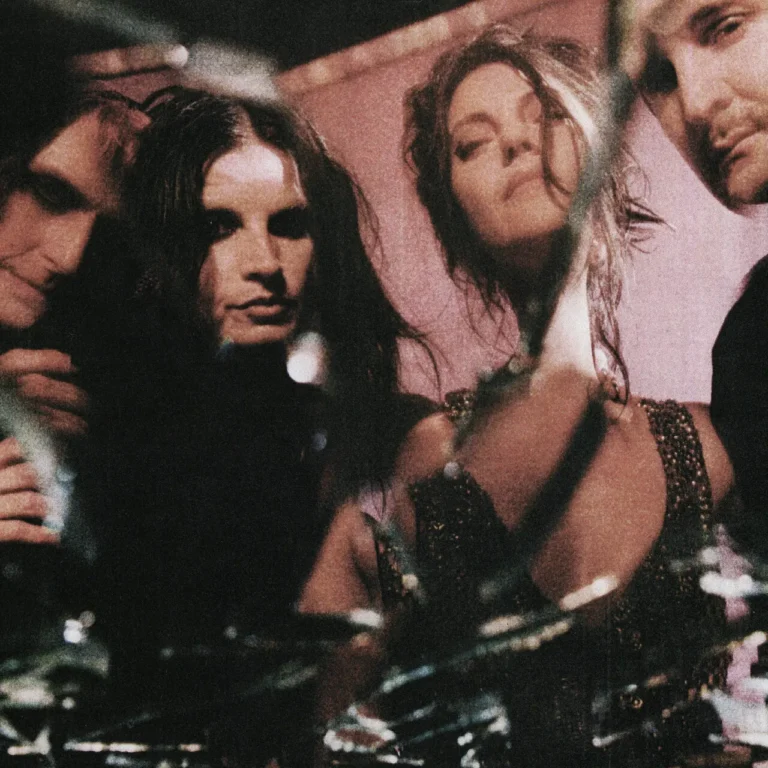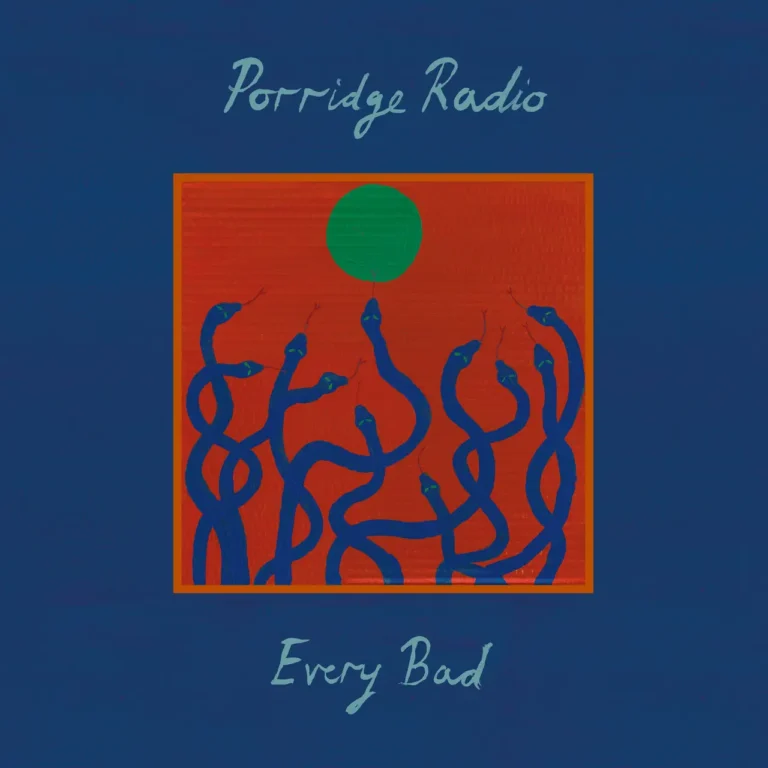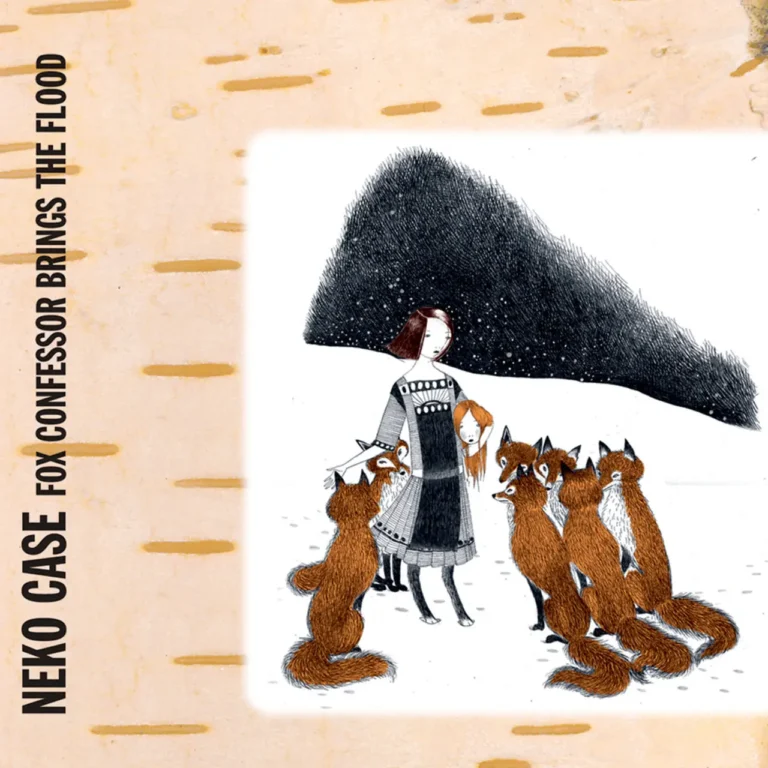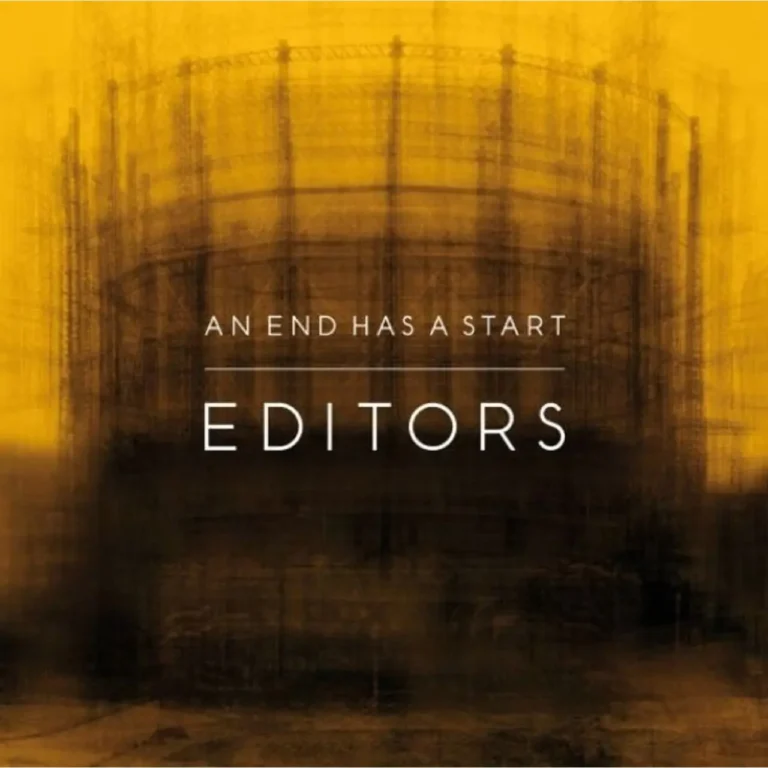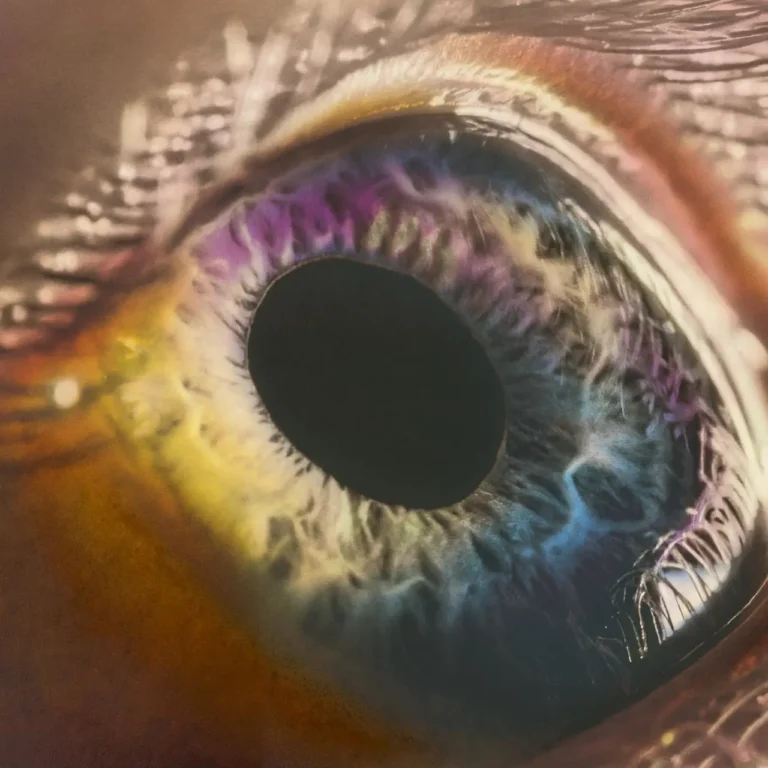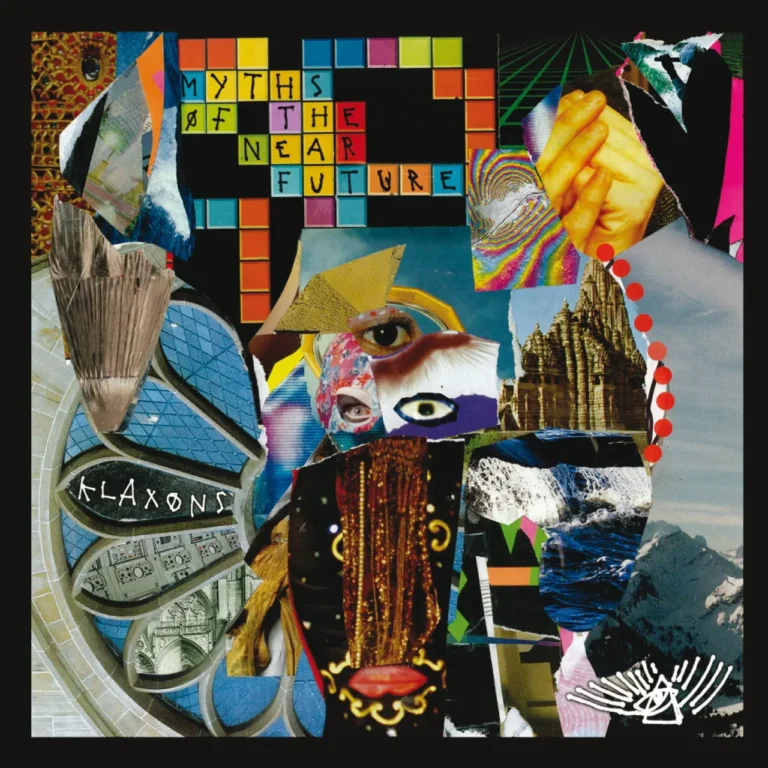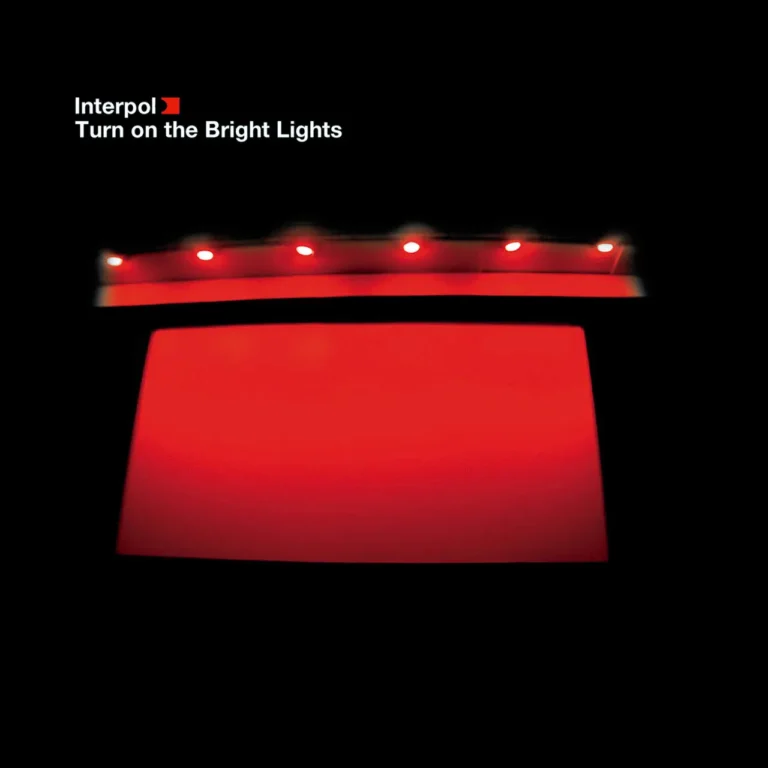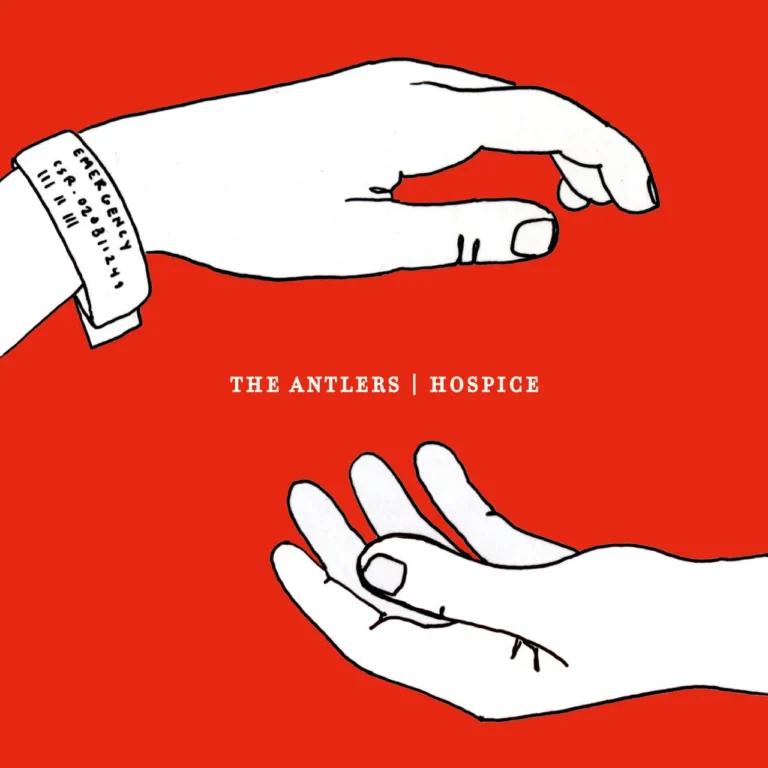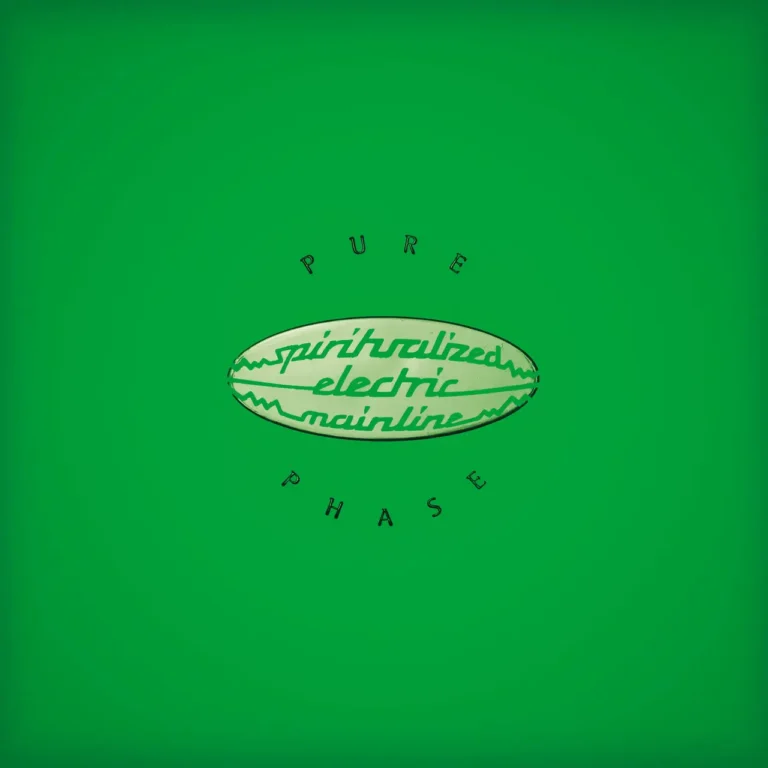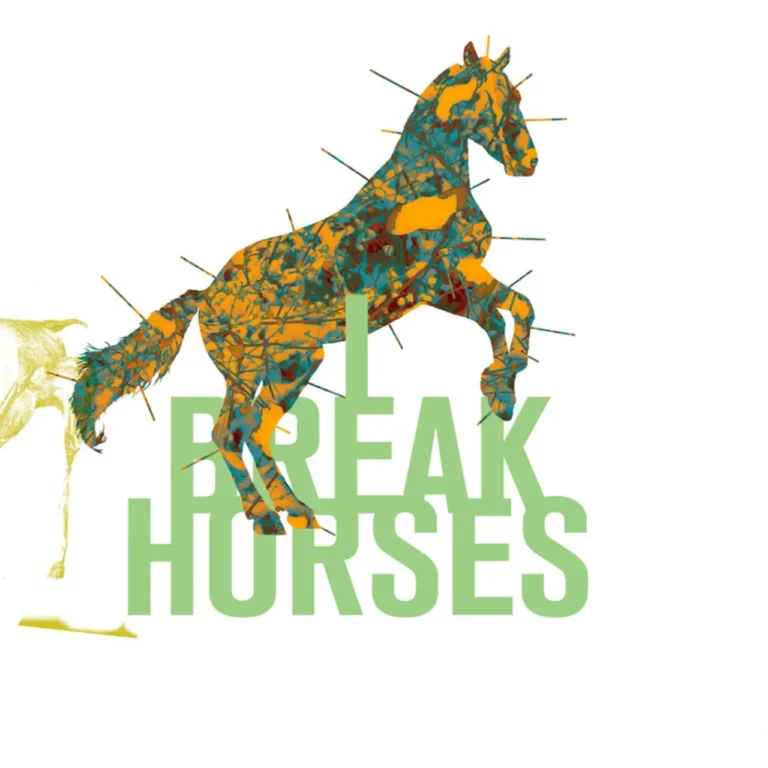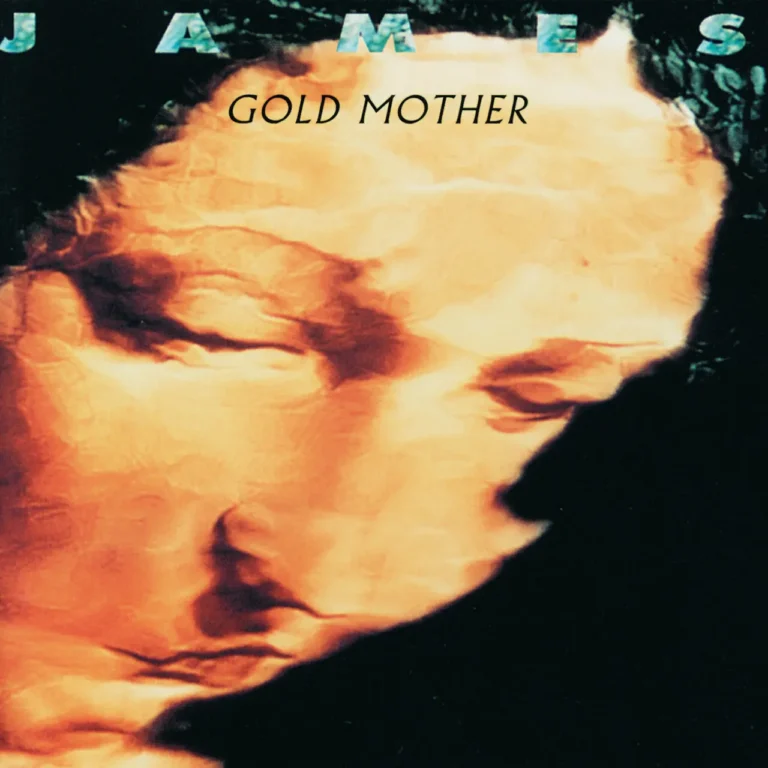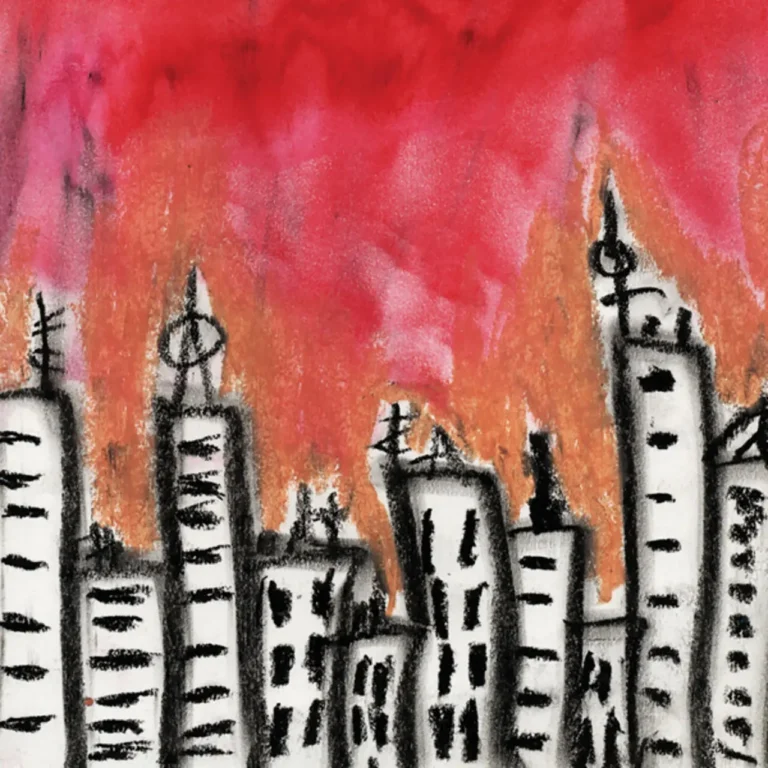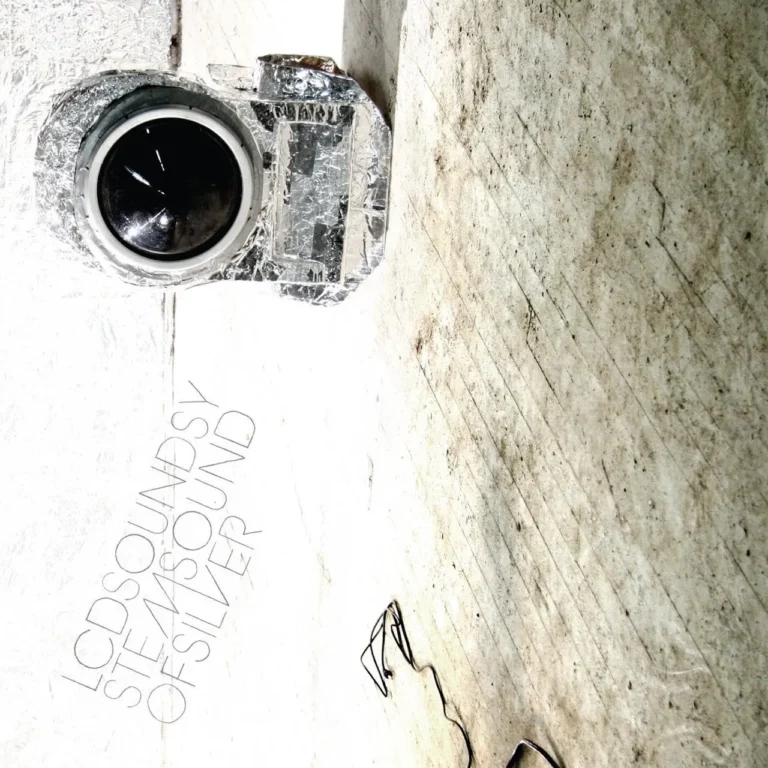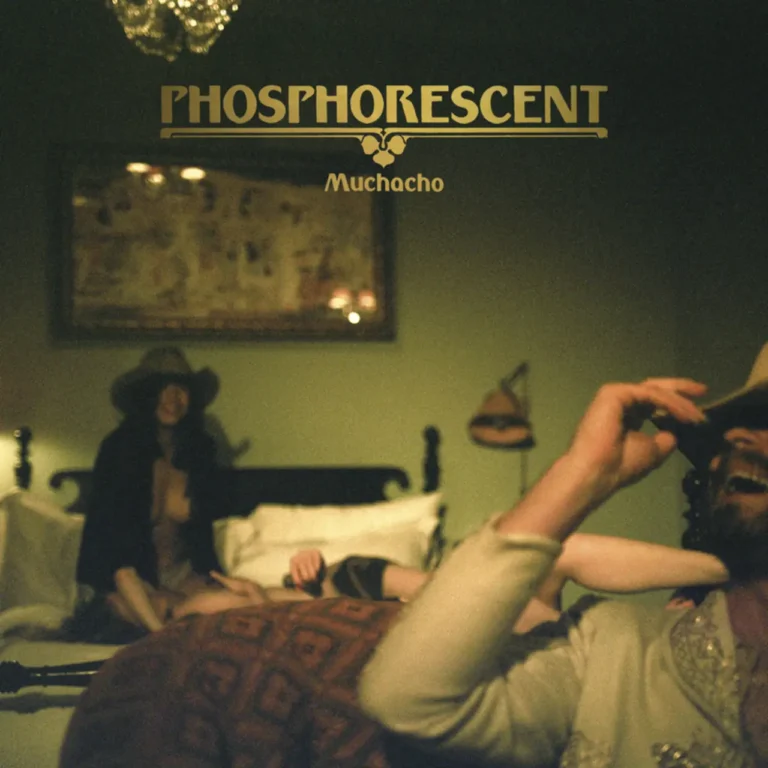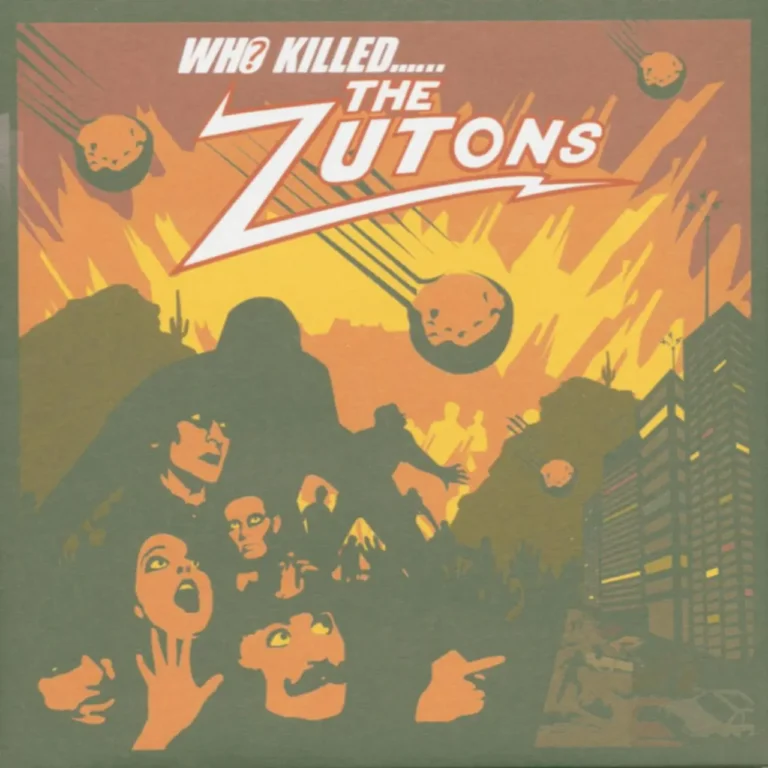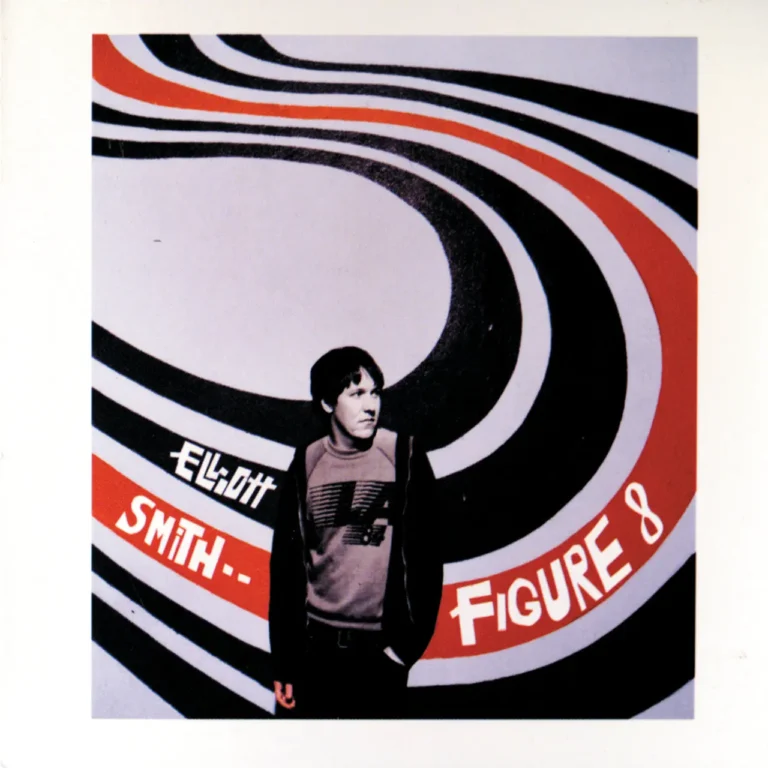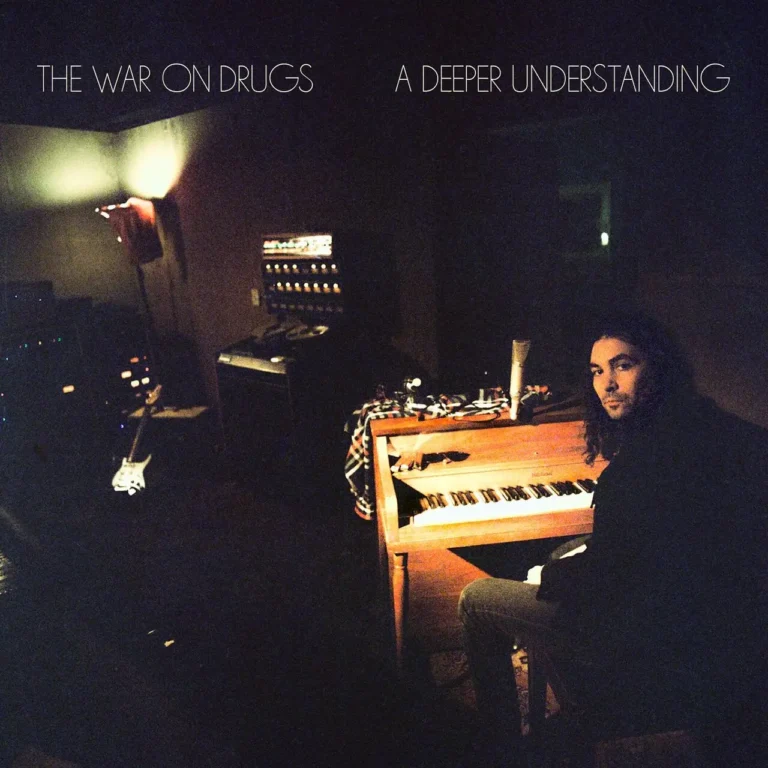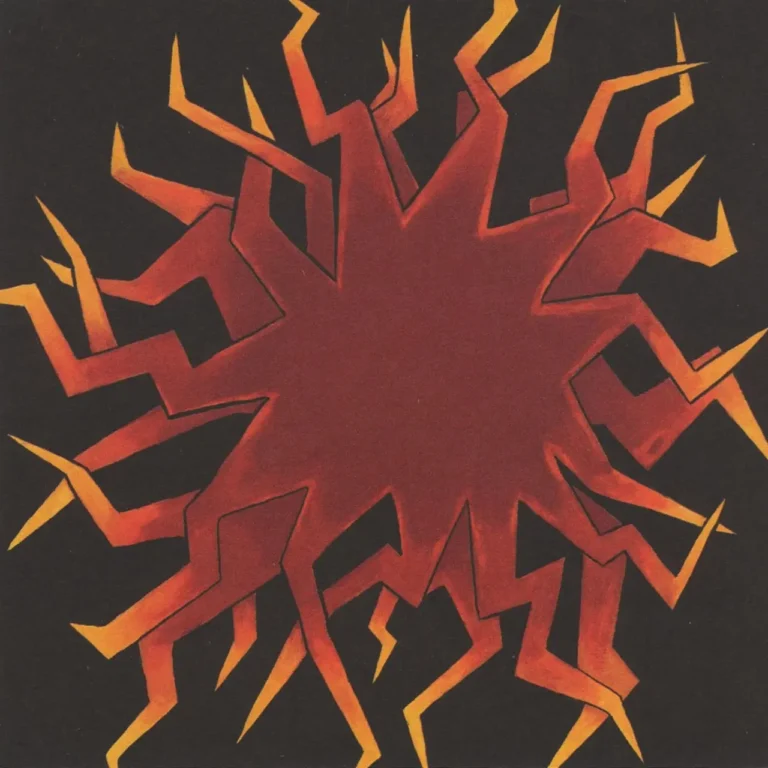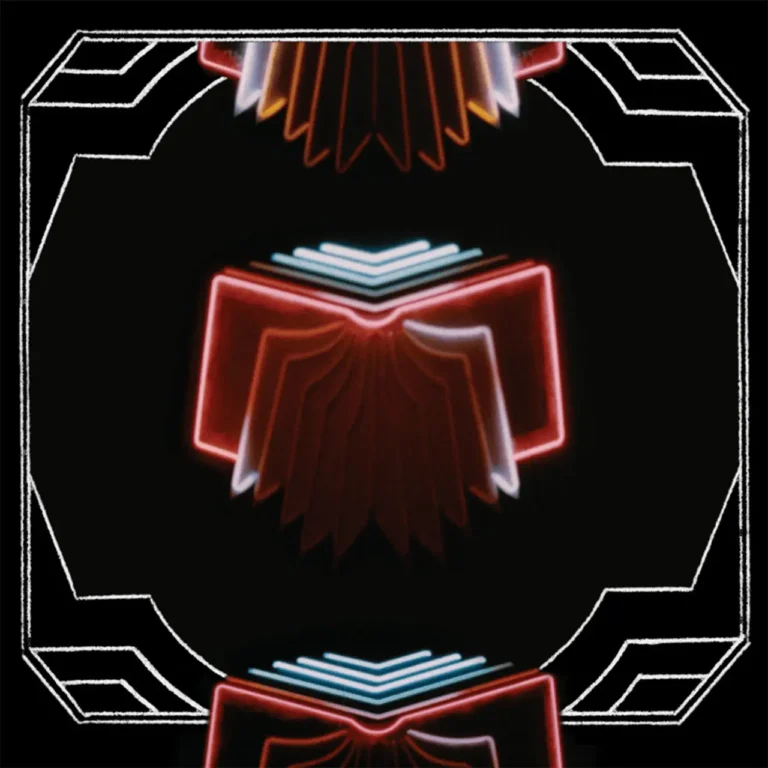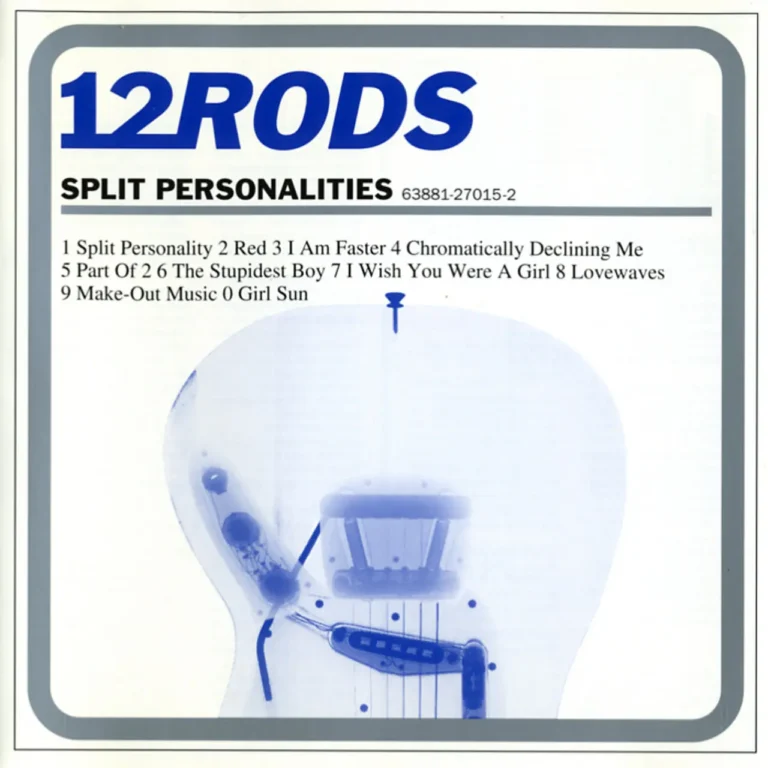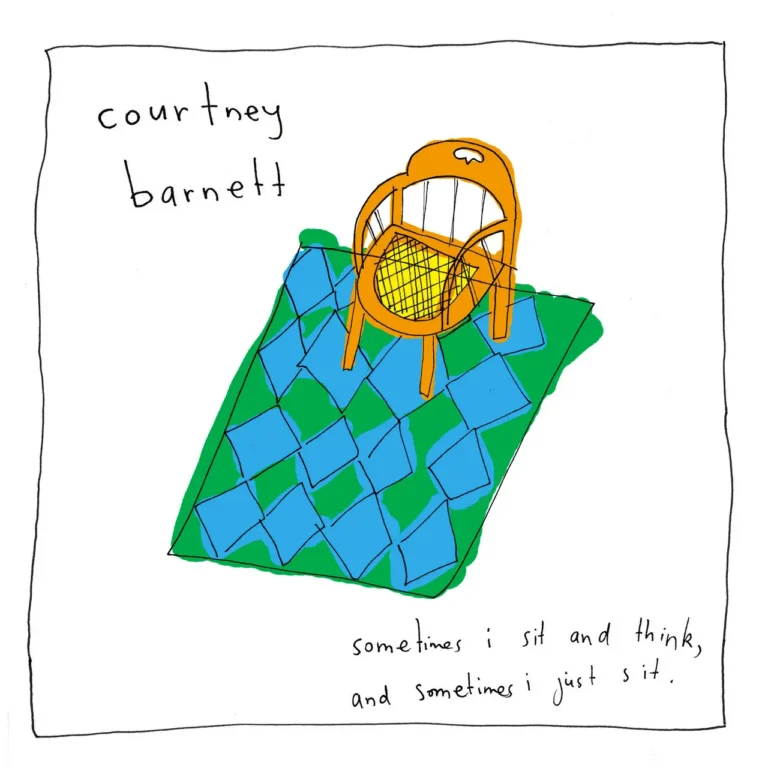Introduction to “Schizophrenia”
“Schizophrenia” is a standout track from Sonic Youth's 1987 album Sister, a record that marked a crossroads between their experimental noise rock origins and more melodic, structured songwriting. The song blends abrasive textures with infectious melodies, exemplifying the band’s ability to merge dissonance and tunefulness into a compelling, distinctive sound. Lyrically and sonically, “Schizophrenia” grapples with themes of psychological fragmentation, alienation, and emotional complexity, embodying the band’s avant-garde spirit balanced with accessible songcraft.
Musical Structure
- Tuned Dissonance and Guitar Interplay
One of the most defining characteristics of “Schizophrenia” is its use of unconventional guitar tunings and feedback. Thurston Moore and Lee Ranaldo’s guitars weave intricate, intertwining lines that combine melodic hooks with layers of dissonant noise. This duality creates a tension between chaos and order, a signature hallmark of Sonic Youth’s style. - Rhythmic Drive and Dynamics
The rhythm section, provided by Kim Gordon’s bass and Steve Shelley’s drums, anchors the song with a steady yet propulsive beat. The track alternates between quieter, introspective moments and bursts of energetic distortion, producing dynamic shifts that sustain listener engagement. - Melodic Vocal Delivery
Kim Gordon’s vocal performance on “Schizophrenia” is both ethereal and direct, contrasting with the dense instrumentation. Her voice floats above the guitars with a detached but emotive quality, adding to the song’s haunting atmosphere. - Textural Layers and Noise Elements
Beyond traditional instrumentation, the song incorporates feedback, ambient noise, and subtle effects that enrich the soundscape, reflecting a world of tension and inner turbulence.
Lyrical Themes
- Psychological Fragmentation
The title “Schizophrenia” points to themes of mental and emotional fragmentation. The lyrics convey a sense of disconnection, confusion, and multiplicity of self, painting an abstract portrait of inner turmoil and fractured identity. - Alienation and Isolation
The song explores feelings of isolation from the external world as well as from one’s own mind. The imagery evokes a state of emotional distance and struggle to maintain clarity amid chaos. - Fragmented Narratives and Ambiguity
Like much of Sonic Youth’s lyrical work, the words are impressionistic and open-ended. They resist straightforward narrative, instead offering emotional snapshots and poetic fragments that invite personal interpretation. - Tension Between Control and Release
The lyrics and music together embody a push-pull between restraint and eruption—mirroring psychological conflict and the oscillation between calm and chaos.
Emotional Impact
- Tense and Hypnotic Mood
The interplay of melodic repetition and noisy disruption creates a hypnotic tension, pulling listeners into a mood that is both unsettling and captivating. - Evocative Vulnerability
Kim Gordon’s voice adds a human vulnerability to the otherwise jagged soundscape, grounding the emotional depth within the track’s experimental framework. - Sense of Catharsis Through Noise
The gradual build-up of feedback and distortion acts as a sonic release, transforming inner disquiet into an expressive outburst, a kind of cathartic cleansing.
Legacy
- Defining Moment in Sonic Youth’s Evolution
“Schizophrenia” represents a critical point in Sonic Youth’s transition from underground noise pioneers to influential figures shaping alternative rock and indie music. It bridges their avant-garde roots with a more accessible approach that would influence countless bands. - Influence on Noise Rock and Alternative Music
The song’s innovative guitar work, unorthodox structures, and emotionally charged performance have inspired generations of musicians passionate about pushing rock’s sonic boundaries. - Critical Acclaim and Fan Favorite
While never a mainstream hit, “Schizophrenia” is highly regarded by critics and fans alike as one of the band’s most captivating tracks—often cited for its artistry, emotional intensity, and experimental courage.
Conclusion
“Schizophrenia” by Sonic Youth is a quintessential expression of the band’s unique synthesis of noise, melody, and introspective lyricism. It captures themes of mental fragmentation, alienation, and emotional complexity through its layered guitars, dynamic rhythms, and evocative vocals. The track stands as a powerful testament to the band’s creative vision and their role in expanding the possibilities of alternative rock music, continuing to resonate with listeners who appreciate music that challenges and moves them simultaneously.

